Last Updated on March 27, 2024 by Cathy
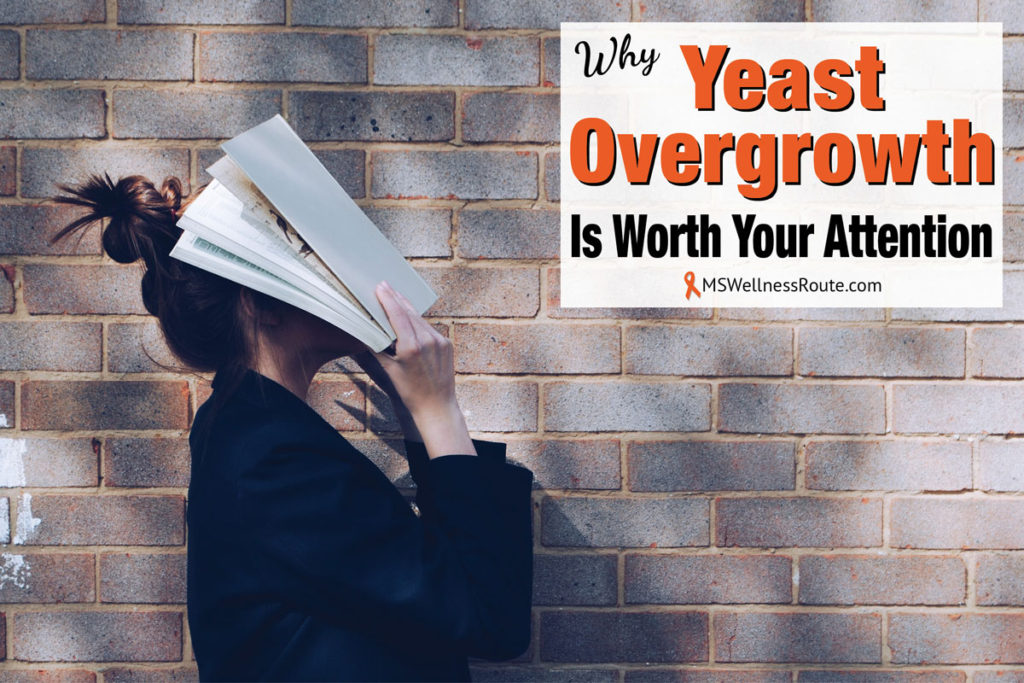
Multiple sclerosis (MS) is a chronic inflammatory disease. MS happens due to genetic predisposition and environmental factors. Some researchers suspected yeast overgrowth as a possible factor, so it is worth your attention to look into this possibility.
There may not be a cure but you can stop the progression of MS by eating and living a healthy lifestyle.
Genetics plays a small role, but environmental factors are the leading cause of MS. A 2022 study found people with Epstein-Barr virus (EBV) were 32 times as likely to develop MS. Researchers studied more than 10 million U.S. military personnel between 1993-2013. During that time soldiers had blood samples taken every two years. From these samples they tested, 801 people who developed MS only one did not have EBV.
To learn more about the EBV study read Epstein-Barr Virus Is The Leading Cause Of MS.
However, EBV affects up to 95% of all adults and only a small percentage have MS. This proves EBV is not the only factor.
EBV is not the only known risk factor for MS. Possible links include childhood obesity, infections, smoking, and vitamin D deficiency. They also strongly suspect genetic susceptibility. MS is not an inherited disease, but there is a genetic risk involved.
The HLA Genetic Risk
There are about 200 genes that increase a person’s risk of developing MS. HLA-DRB1*15 is the strongest genetic risk factor for MS. Researchers believe this is also a major factor between MS and EBV.
HLA-DRB1*15 also increases the risk of fungi infections. Including mycotoxins and yeast overgrowth (Candida). Mycotoxins are toxic chemicals produced by mold and Candida. They pose a serious health hazard to humans and animals.
“This study provides first evidence that the fungal component of the microbiome is disrupted in pwMS.“ – U.S. National Library of Medicine
The image below shows I have a 3 times higher risk for MS:

If you would like to know how I discovered I was at a higher risk for MS read DNA Test for Multiple Sclerosis
Researchers found many biomarkers of MS are consistent with fungal infections. Several years ago, scientists found miconazole benefits people with MS. Miconazole is an antifungal agent used to treat athlete’s foot.
“MS risk might also be increased by exposure to fungi.” – PubMed
As you can see in the image below my mycotoxin level for penicillium is off the chart. A normal high is 5-50, mine was at 9,147.

Candida and MS
Candida Albicans is a yeast found in small amounts in the human body, it is harmless and part of the normal gut flora. However, when it is overgrown it can lead to serious health problems. Researchers have linked multiple sclerosis and candida.
Candida is the most common cause of fungal infections worldwide. Doctors have known about the connection between Candida and MS since the early 1980s. Often, the symptoms of Candida are also symptoms of MS.
Symptoms Of Candida:
- Adrenal fatigue
- Brain fog
- Chronic fatigue
- Constipation or diarrhea
- Digestive issues
- Food sensitivities
- Insomnia
- Leaky gut
- Muscle aches and stiffness
- Nail fungus
- Oral thrush
- Urinary tract infections (UTIs)
- Toxic byproducts like acetaldehyde and mycotoxins
- Yeast infections
- Vaginal yeast infection
How you get Candida attributes to many different reasons. The most common reasons are antibiotics and a high-sugar diet.
Other causes of Candida overgrowth include:
- A diet high in sugar and refined carbohydrates
- Antibiotics
- Chemical exposure
- Chronic stress
- Contraceptive pill
- Diabetes
- High alcohol consumption
- Imbalance in your gut bacteria
- Mercury fillings
- Steroids
- Weak immune system
You may think a yeast overgrowth is not worth your attention but it could be your missing link.
Eat a Candida Diet
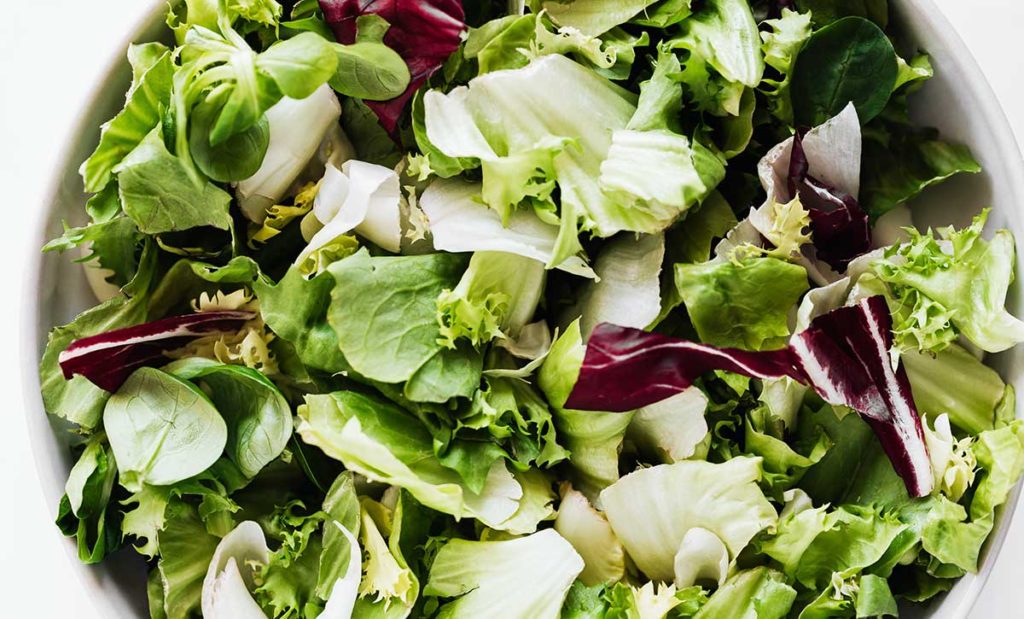
The first step to getting Candida under control is to stop feeding it. Eat an anti-inflammatory that is low in sugar. This is referred to as the “Candida Diet.” You don’t necessarily need to go on a keto diet but you do need to keep your carbohydrates low.
Carbohydrates are a macronutrients, meaning your body needs them to thrive. Your body breaks down carbohydrates into glucose, glucose is your blood sugar. That’s why diabetics count carbs to control their blood sugar.
But, eating too many carbs causes your blood sugar to get too high. The extra carbs not only cause a person to gain weight and be unhealthy, but they also feed Candida. It’s essential to stick to a strict diet to get Candida back under control.
Foods to avoid if you have Candida:
- Sugar and sweeteners
- Alcohol
- Dairy
- Dried fruit and fruit juices
- Gluten and grains
- GMO foods
- Legumes
- Processed foods
- White vinegar
Old Beliefs for the Candida Diet
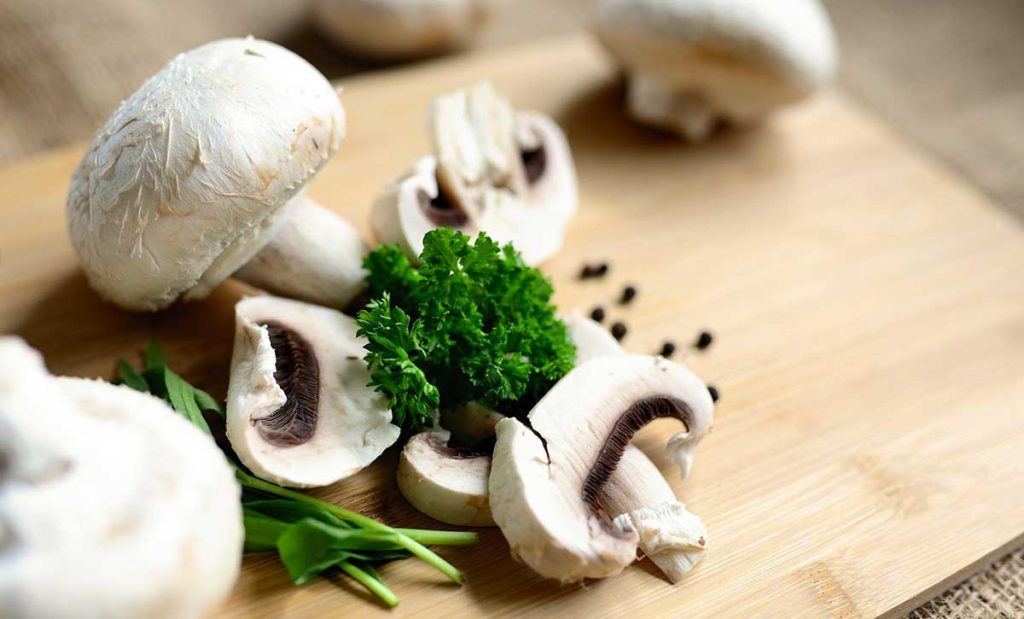
Mushrooms are a food many websites say you should avoid since they are fungi, I used to say that too. However, there is no scientific reason why a person on a Candida diet should avoid mushrooms. Mushrooms have beneficial effects on the immune system and they do not feed candida.
It’s like when doctors prescribe antibiotics to kill all bacteria, good or bad. And what happens? Bad bacteria and yeast overgrowth set in leaving an unbalanced gut microbiome. People with MS have more bad gut bacteria than people without MS. Why does this happen? Researchers are unsure.
Candida feeds on sugar so it is best to keep your carbs lower than 60 grams each day. An optimal number is lower than 40 grams. Everyone is different and some people need more carbs than others.
Keep track of your weight so you don’t lose too much. Also, this is not a starvation diet, if you are hungry then eat something. Just make sure it’s something low in carbohydrates.
Foods and Herbs That Fight Candida
To get Candida back under control, eat a low-carb diet. Eat as many vegetables as possible, aim for at least 10 servings, one serving is a half-cup. Better yet, aim for nine cups each day. Studies found people with primary MS are nutrient deficient. Dr. Terry Wahls, the author of The Wahls Protocol, recommends eating 9 cups daily.
Dr. Wahls recommends 3 cups of each:
- Leafy greens
- Colorful all the way through
- Sulfur veggies such as arugula, broccoli, cabbage, and onions
Eat a moderate amount of vegetables that are higher in carbs such as squash, sweet potatoes, and yams. Include a moderate amount of healthy protein and healthy fats. Eat a small handful of nuts and seeds and a very small amount of fruit. Berries such as blueberries and raspberries have the lowest amounts of sugar.
You also want to avoid foods that are high in mold. Candida produces a byproduct called mycotoxin. Mycotoxins are also found in foods that are susceptible to mold.
Foods high in mycotoxins include:
- Alcoholic beverages
- Black peppercorn
- Chocolate (dark chocolate also has heavy metals in it)
- Coffee beans
- Dried fruit
- Grains including barley, corn, rye, and wheat
- Nuts including Brazil nuts, cashews, and pistachios
Foods that fight Candida overgrowth:
- Vegetables
- Fruit
- Cinnamon
- Coconut cream, kefir, milk, and oil (caprylic acid)
- Garlic
- Ginger
- Oregano
- Pau d’Arco
- Rosemary
- Sulfur vegetables (broccoli, cabbage, rutabagas, etc.)
- Thyme
Low Carb Snacks
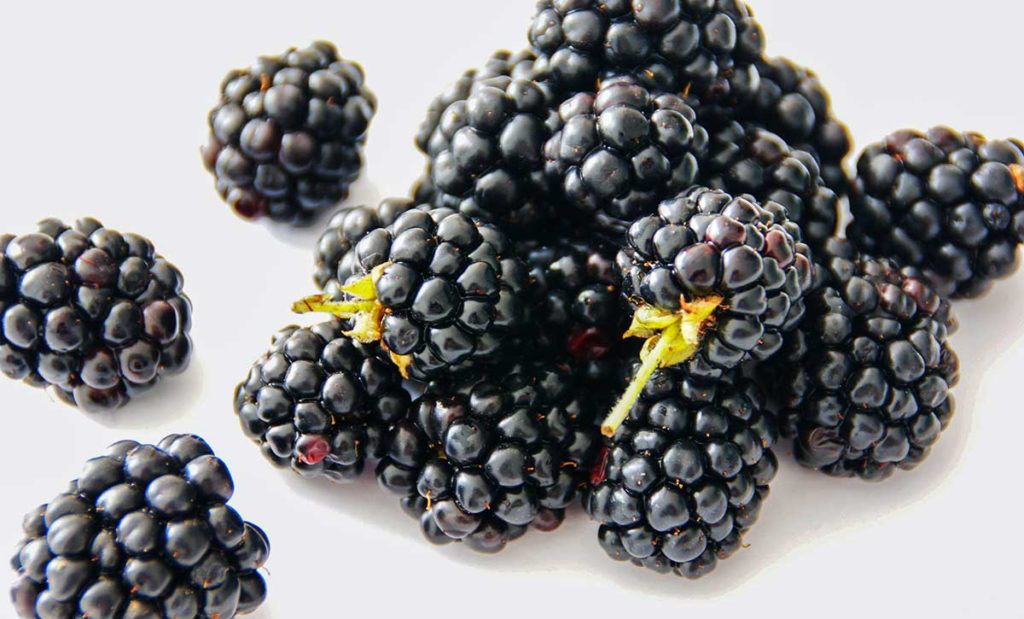
Processed snacks like chips, cookies, and candy are high in sugar and should be avoided. Even “healthy” snacks are higher in carbs so you should eat them in small amounts. For example, a Larabar is made of nuts and fruit but it usually has about 26 grams of carbs per bar. That’s more than half the daily amount of carbs for the entire day.
Remember, you are trying to stop feeding your yeast overgrowth.
Instead, choose snacks that are low in carbs such as:
- A small bowl of berries
- Avocado
- Can of wild-caught sardines or salmon
- Coconut flakes, large
- Green apple
- Leftovers from dinner
- One square of dark chocolate
- Raw sesame seeds with sea salt, a small handful
- Raw unsalted nuts, a small handful (no peanuts)
- Pumpkin seeds
- Veggie sticks (carrots, cucumber, broccoli, etc.)
Supplements for Candida
There are many supplements for yeast overgrowth, so it is worth it to pay attention to the labels. Look for ingredients from the list above and choose brands you trust. Caprylic acid is made from coconut oil and is a very good option.
Other options include:
- Berberine
- Black walnut
- Candida-Cleanse
- Formula SF722
- Garlic extract
- Olive leaf extract
- Oregano oil extract
- Pau d’Arco
Why Yeast Overgrowth Is Worth Your Attention
Currently, there is no cure for MS, and a possible vaccine for EBV could be decades away. Plus, a vaccine would only prevent EBV, it doesn’t guarantee it would help people who already have EBV. And what about people who already have MS?
DMT treatments only slow the disease process down. They do not stop the destruction of nerve tissue. Plus, they come with nasty side effects such as flu-like symptoms, PLM (a brain disease), and death. The HLA-DRB1*15 gene is a genetic risk factor for MS and fungi. Pay attention to your body because yeast overgrowth is worth your attention.
The key to fixing Candida is to eat a healthy diet with a wide range of fruits, vegetables, herbs, and spices. – These are the foods that will help your body heal!
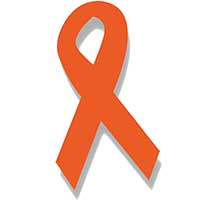
Free Wellness Library!
Subscribe for free and I’ll send you the password to my secret library filled with many printables for your wellness journey.
Want to remember this health tip? Pin it to your Pinterest board!
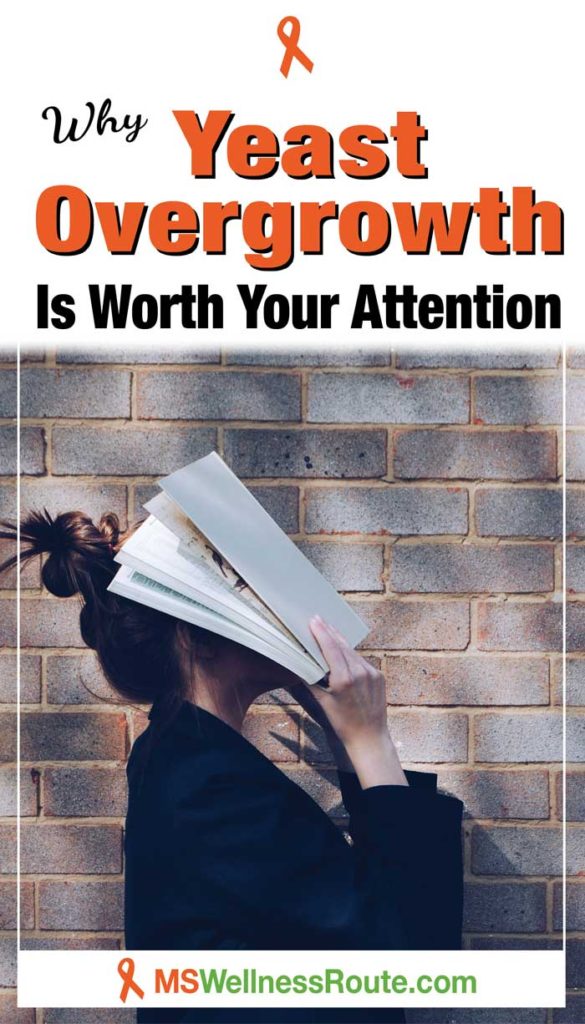
Resources for Why Yeast Overgrowth Is Worth Your Attention:
Study suggests Epstein-Barr virus may cause multiple sclerosis
The Role of Fungi in the Etiology of Multiple Sclerosis
Fungal microbiome and multiple sclerosis: The not-so-new kid on the block
Photo by Siora Photography on Unsplash, Karolina Grabowska and Ir Solyanaya by Pexels, and congerdesign from Pixabay.
Why Yeast Overgrowth Is Worth Your Attention





